
Introducing our delightful and unique Butter Cream Sandwich Cake, perfect for any occasion! This exquisite dessert features a light and fluffy base made from a harmonious blend of egg yolks, egg whites, olive oil, milk, and a hint of vanilla extract. The cake is then beautifully complemented with a rich and creamy buttercream made from butter, sugar, and whipped cream. What makes this cake truly special is its delicate balance of flavors, enhanced by a touch of lemon juice, and its final indulgent coating of milk powder. Whether enjoyed as a luxurious treat during a family gathering or as an elegant finish to a dinner party, this cake is sure to captivate everyone's taste buds. The combination of the moist, tender cake and the smooth, luscious cream will leave everyone asking for more, making it a beloved addition to your repertoire of dessert recipes.
What is Butter Cream Sandwich Cake?
Buttercream sandwich cakes have a rich and varied history, tracing their origins back to European baking traditions. These cakes became popular in the 19th century, particularly in France and England, where they were enjoyed as elegant desserts for special occasions. The concept of sandwiching a rich, creamy filling between layers of light, fluffy cake quickly spread, with bakers experimenting with various flavors and techniques. Buttercream itself, a smooth and versatile icing made from butter and sugar, became a favorite for its ability to hold intricate designs and add a luxurious texture to cakes. Today, buttercream sandwich cakes are cherished worldwide, celebrated for their classic charm and delightful taste, making them a timeless choice for celebrations and afternoon teas alike.
Tips for The Best Butter Cream Sandwich Cake
- Ensure all your ingredients, especially eggs and butter, are at room temperature. This helps them mix more smoothly, resulting in a better texture.
- Preheat your oven thoroughly and bake the cake on the middle rack to ensure even heat distribution. Avoid opening the oven door frequently, as this can cause the cake to collapse.
- Allow the cake to cool completely before cutting it into layers. This prevents the cake from crumbling and ensures clean, even slices.
- For the buttercream, beat the butter and sugar until light and fluffy before adding the whipped cream. This ensures a smooth, creamy texture that's easy to spread.
- After assembling the cake with the buttercream, chill it briefly in the refrigerator. This helps set the cream, making it easier to spread the final layer and dip into the milk powder.
Butter Cream Vs. Whipped Cream Vs. Butter Icing
Buttercream is made from butter and powdered sugar, often with added milk or cream for smoothness. It's rich, creamy, and can hold intricate designs, making it ideal for cake decorating. Whipped cream, instead, is made by whipping heavy cream with a small amount of sugar until light and fluffy. It's lighter and less sweet than buttercream, with a soft, airy texture. Finally, butter icing is similar to buttercream but typically uses granulated sugar instead of powdered sugar and may include egg yolks or other ingredients for different textures. It is also rich and creamy but may have a slightly different consistency compared to traditional buttercream.
Can I Add Other Flavorings to The Butter Cream?
Of course! You can flavor the butter cream with extracts of almond, lemon or peppermint, or you can add citrus zest to give it a little kick. You can also add fruit purees for a fresh twist, or make it even more decadent with chocolate or spices, like cinnamon or cardamom.
Can I Add Other Flavorings to The Cake?
Extracts like vanilla, almond, or citrus can infuse the cake with distinct aromas, while citrus zest adds a fresh, tangy note. Spices such as cinnamon, nutmeg, or cardamom provide warmth and complexity, perfect for seasonal cakes. Incorporating fruit purees, like strawberry or banana, introduces natural sweetness and moisture, while finely chopped nuts add both flavor and texture. For a rich, chocolatey taste, cocoa powder or melted chocolate can be used. Even fresh herbs like rosemary or lavender can impart unique, aromatic flavors. Lastly, a splash of liquor, such as rum or coffee liqueur, can elevate the cake’s flavor profile, making it truly special and memorable.
Why Did My Cake Collapse in The Center?
One primary reason is underbaking, where the cake’s center hasn’t set properly before it’s removed from the oven. Opening the oven door too frequently during baking can also cause this, as it lets in cool air, disrupting the baking process. Another culprit could be overmixing the batter, which incorporates too much air, causing the cake to rise rapidly and then fall. Incorrect oven temperature, either too high or too low, can affect the cake's structure as well. Lastly, inaccurate measurements, especially of leavening agents like baking powder or baking soda, can lead to an unstable cake that collapses in the center.
Why is My Cake Dense and Dry?
A cake might be dense and dry due to overmixing the batter, which can develop too much gluten, leading to a heavy texture. Overbaking is another common issue, as it can cause the cake to lose moisture. Incorrect measurements, especially too much flour or too little liquid, can also result in a dense, dry cake. Additionally, not using enough fat or overusing certain ingredients can contribute to dryness.
How Do I Get The Frosting to Stick?
To get the frosting to stick to the cake, ensure the cake is completely cooled before applying the frosting. A crumb coat, which is a thin layer of frosting, helps trap any loose crumbs and creates a smooth base for the final layer. Chilling the cake after the crumb coat sets it firmly in place. Additionally, using a good-quality frosting with the right consistency—neither too thick nor too runny—ensures it adheres well to the cake's surface.
Can I Make This Ahead?
Of course! Bake the cake layers and let them cool completely before wrapping them tightly in plastic wrap and storing them in the refrigerator or freezer. You can also prepare the buttercream in advance and store it in an airtight container in the fridge. Assemble and frost the cake on the day you plan to serve it for the best freshness and presentation.
Can I Freeze This?
Yes, this cake can be frozen. Wrap the completely cooled cake layers tightly in plastic wrap and place them in an airtight container or freezer bag. You can also freeze the assembled and frosted cake by first chilling it to set the frosting, then wrapping it securely. Thaw the cake in the refrigerator before serving to maintain its texture and flavor.
More Sandwich Cakes For Your Picnics
Paradise Sponge Cake Sandwiches
Peanut Butter Ice Cream Sandwich Cake
How to Store Butter Cream Sandwich Cake
Store any leftovers of the cake in an airtight container in the refrigerator to keep it fresh. If the cake has been cut, press a piece of plastic wrap directly against the exposed areas to prevent it from drying out. Leftovers can typically be stored this way for up to 3-4 days.
Ingredients
How to Make Butter Cream Sandwich Cake
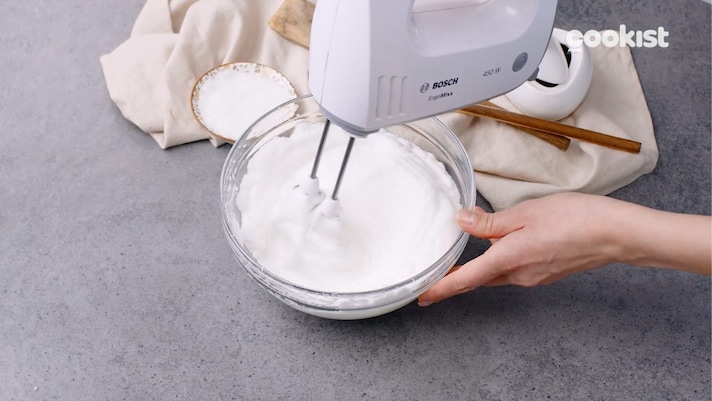
Start by whipping together the egg whites, the sugar and the lemon juice until they form stiff peaks.
Start by whipping together the egg whites, the sugar and the lemon juice until they form stiff peaks.
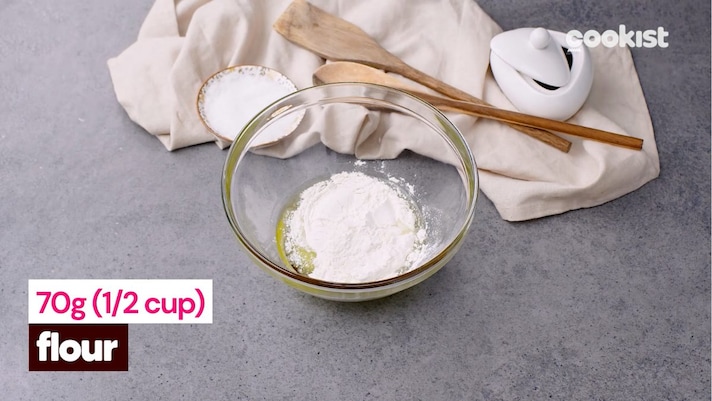
In another bowl mix together the milk, oil, flour and vanilla extract.
In another bowl mix together the milk, oil, flour and vanilla extract.
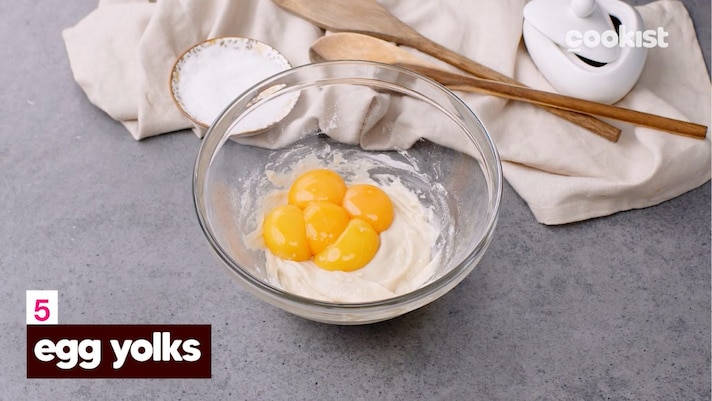
Add the egg yolks and keep mixing until you obtain a smooth mixture.
Add the egg yolks and keep mixing until you obtain a smooth mixture.
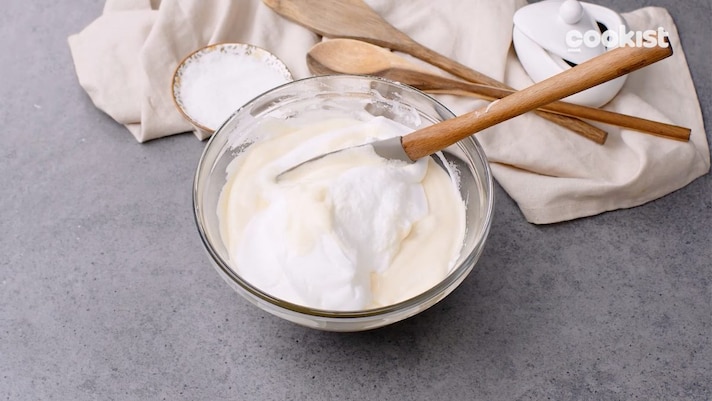
Gently fold in the egg whites mixture and incorporate it with a spatula.
Gently fold in the egg whites mixture and incorporate it with a spatula.
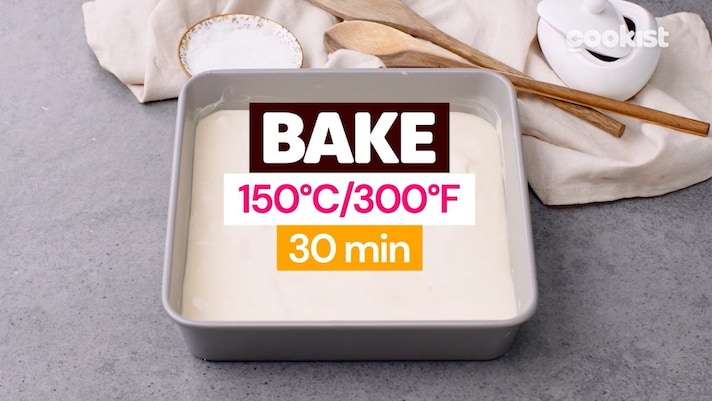
Transfer to a baking pan and bake at 300°F (150°C) for about 30 minutes. In the meantime, prepare the buttercream by mixing together the butter and the sugar, before adding the whipped cream to them.
Transfer to a baking pan and bake at 300°F (150°C) for about 30 minutes. In the meantime, prepare the buttercream by mixing together the butter and the sugar, before adding the whipped cream to them.
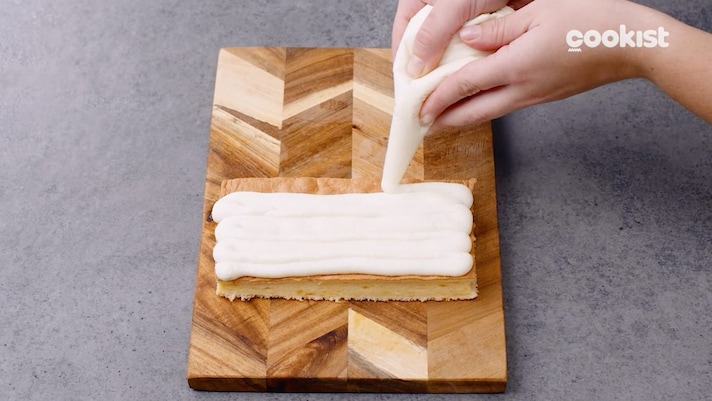
Let the baked cake cool down completely, before cutting it in half and then spreading a generous layer of butter cream on top, before topping it with the other half.
Let the baked cake cool down completely, before cutting it in half and then spreading a generous layer of butter cream on top, before topping it with the other half.
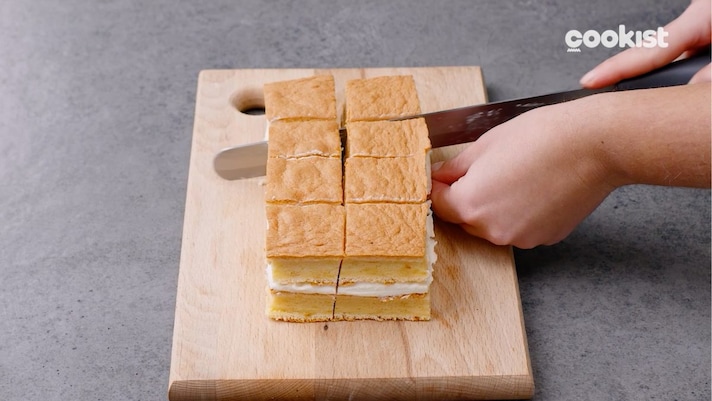
Cut it into mono-sized portions.
Cut it into mono-sized portions.
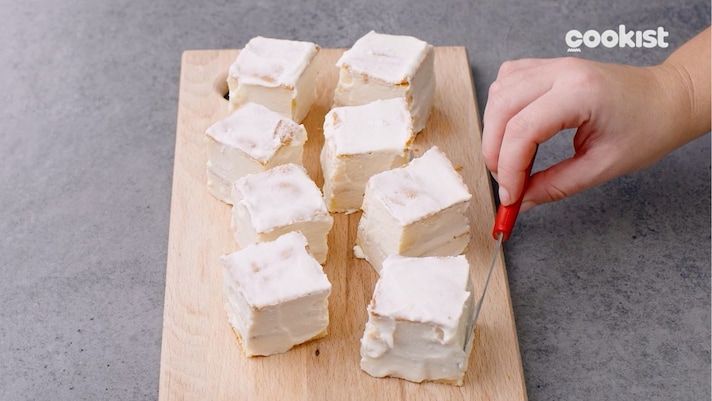
Spread with the rest of the butter cream to properly frost.
Spread with the rest of the butter cream to properly frost.
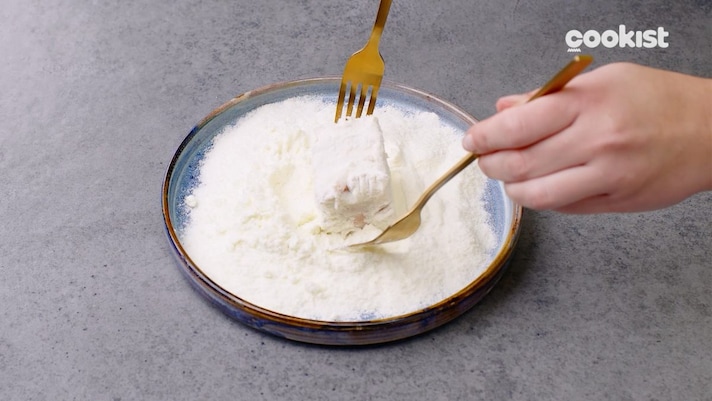
Gently dip the cake sandwiches into the milk powder.
Gently dip the cake sandwiches into the milk powder.
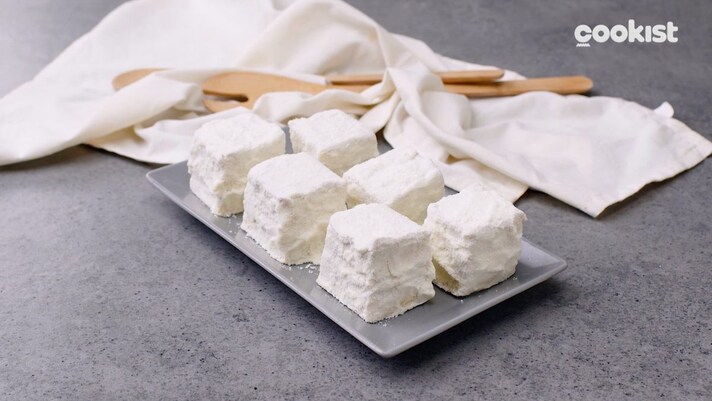
Serve and enjoy!
Serve and enjoy!

;Resize,width=767;)
